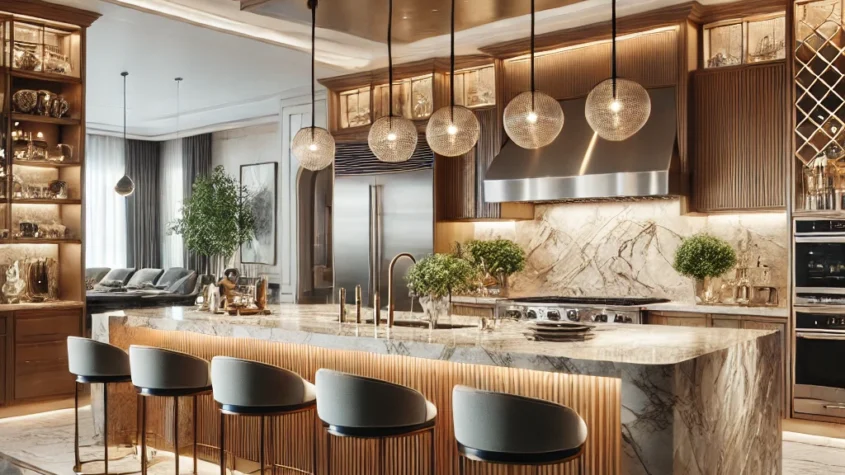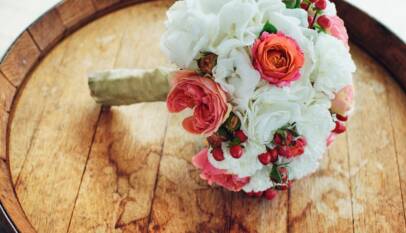
Choosing the right Kitchen Cabinets Design is essential for both functionality and aesthetics. Kitchen cabinets can greatly influence the overall design and feel of the space, impacting everything from storage solutions to the kitchen’s visual appeal. With numerous styles, materials, and finishes available, homeowners can find the perfect combination to match their personal taste and lifestyle.
Modern kitchen design trends often emphasize open shelving, mixed materials, and bold color choices. By prioritizing organization and accessibility alongside style, one can create a kitchen that is not only beautiful but highly functional. This balance is crucial in maximizing the use of available space while reflecting individual design preferences.
Through careful consideration of cabinet layout and design, the kitchen can become a central hub of the home. Thoughtful decisions regarding cabinet styles and finishes can enhance the ambiance and efficiency of this vital area. Readers will discover practical tips and inspiring ideas to transform their kitchen cabinets into a standout feature of their home.
Fundamentals of Cabinet Design
Cabinet design encompasses several essential elements that contribute to functionality and aesthetics in kitchen spaces. Important considerations include cabinet styles, material choices, and the layout dimensions suited to the user’s needs.
Understanding Cabinet Styles and Profiles
Cabinet styles dictate the overall appearance and character of the kitchen. Common styles include:
- Traditional: Features ornate details and rich materials, often with raised panel doors.
- Modern: Characterized by clean lines and minimalistic designs, often using flat panel doors.
- Shaker: Known for its simple, functional design with a five-piece door.
Profiles enhance the visual appeal and functionality. They include:
- Recessed: Offers a streamlined look, reducing dust accumulation.
- Raised: Adds depth and interest, suitable for traditional kitchens.
Choosing the right style hinges on personal taste and how it complements other kitchen elements.
Choosing the Right Materials and Finishes
Materials greatly impact durability and aesthetics. Common options include:
- Solid Wood: Offers longevity and can be refinished.
- Plywood: Provides stability at a lower cost.
- MDF: Ideal for painted finishes with a smooth surface.
Finishes enhance the material’s look and protect it from damage. They can be categorized as:
- Painted: Provides a wide range of colors, suitable for modern themes.
- Stained: Emphasizes the wood grain, ideal for traditional designs.
- Laminates: Offer durability and diverse patterns, often at lower prices.
Selecting the right material and finish affects the kitchen’s overall style and maintenance.
Determining the Layout and Dimensions
Layout planning ensures adequate space for movement and accessibility. Cabinet placement can adhere to various kitchen configurations, including:
- L-Shaped: Ideal for smaller spaces, promoting an efficient workflow.
- U-Shaped: Offers extensive storage and counter space, suitable for larger kitchens.
- Galley: Maximizes efficiency, particularly in tight spaces.
Dimensions must account for standard heights (typically 30 inches for base cabinets) and depths (usually 24 inches). Custom sizes may be necessary to meet specific design preferences or spatial limitations.
By carefully considering these elements, effective cabinet design enhances both functionality and aesthetic appeal in kitchen spaces.
Enhancing Functionality and Aesthetics
Balancing functionality and aesthetics in kitchen cabinet design is essential for creating a space that is both practical and visually appealing. Careful attention to storage solutions, hardware, and lighting can significantly improve the kitchen experience.
Incorporating Effective Storage Solutions
Utilizing innovative storage solutions maximizes space and enhances functionality. Options like pull-out shelves, lazy Susans, and vertical dividers can make access easier and keep the kitchen organized.
Common storage features include:
- Pull-out drawers: Ideal for pots and pans.
- Corner cabinets: Use of lazy Susans for accessibility.
- Adjustable shelves: Offer flexibility for varying items.
By strategically organizing kitchen tools and ingredients, each cabinet can serve multiple purposes while maintaining a clean look.
Selecting Hardware for Ease and Style
Choosing the right hardware is crucial for both function and style. Handles and knobs should complement the cabinet design while also providing comfort and ease of use.
Key considerations include:
- Material: Choose durable materials like stainless steel or brushed nickel.
- Size and shape: Larger handles may be easier to grip, especially for heavier doors.
- Finish: Matte finishes can offer a modern look, while polished finishes add a touch of elegance.
Investing in quality hardware enhances daily usage while contributing to the overall design.
Lighting Considerations for Cabinets
Lighting plays a vital role in enhancing both functionality and aesthetics of kitchen cabinets. Under-cabinet lighting illuminates work areas, making tasks easier and safer.
Lighting options to consider:
- LED strips: Energy-efficient and can be mounted under shelves.
- Puck lights: Offer targeted illumination and can be installed in cabinets.
- Glass-front cabinets: Pair with interior lighting to showcase dishware.
Properly placed lighting accentuates cabinet features while ensuring the kitchen remains bright and inviting.
Recycling Drop Off Near Me: Your Guide to Local Eco-Friendly Solutions
Finding a nearby recycling dropoff location can be a crucial step in contributing to envir…










